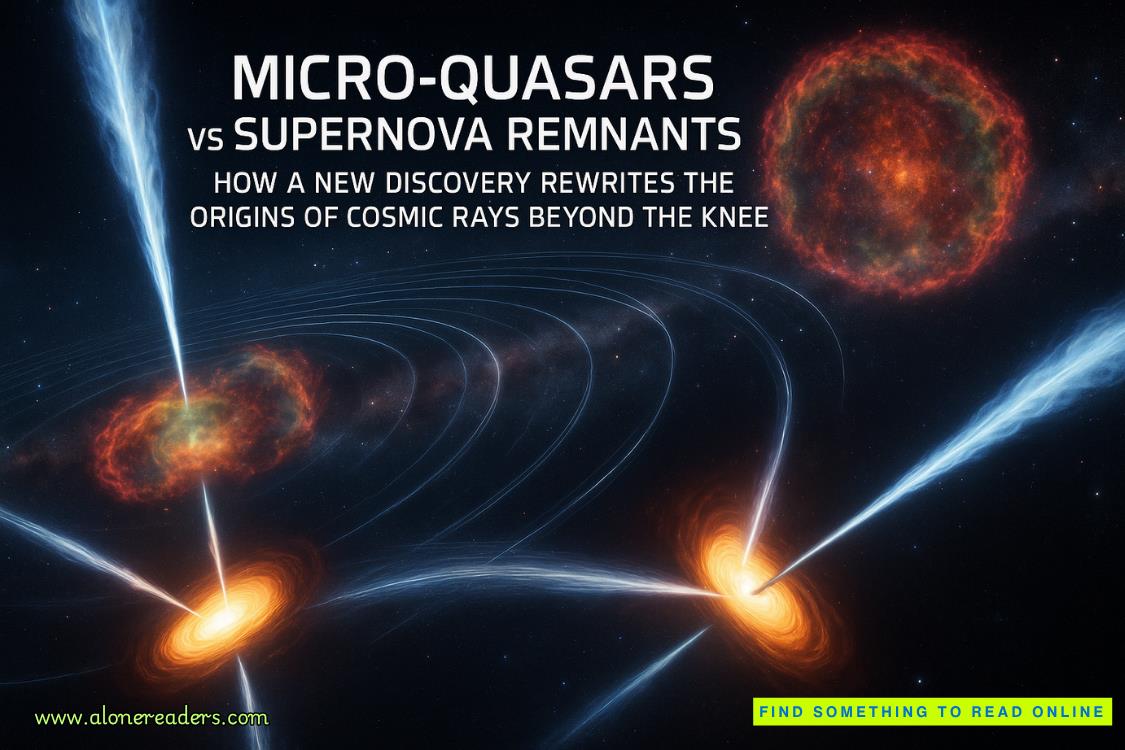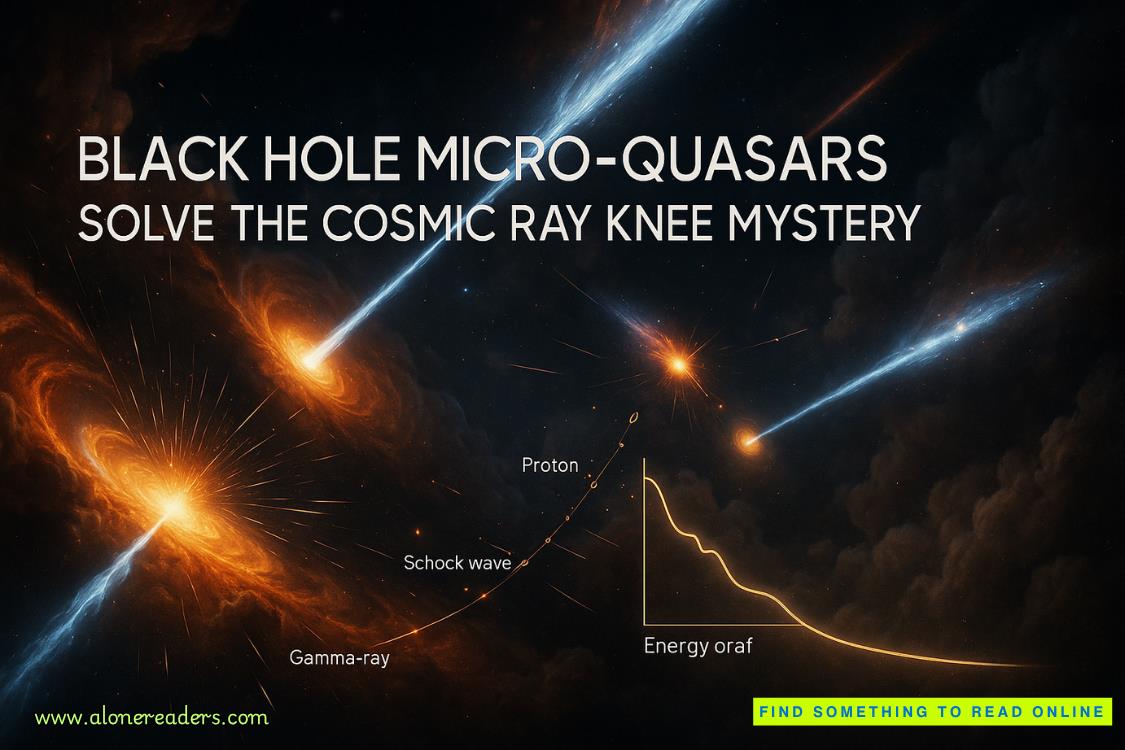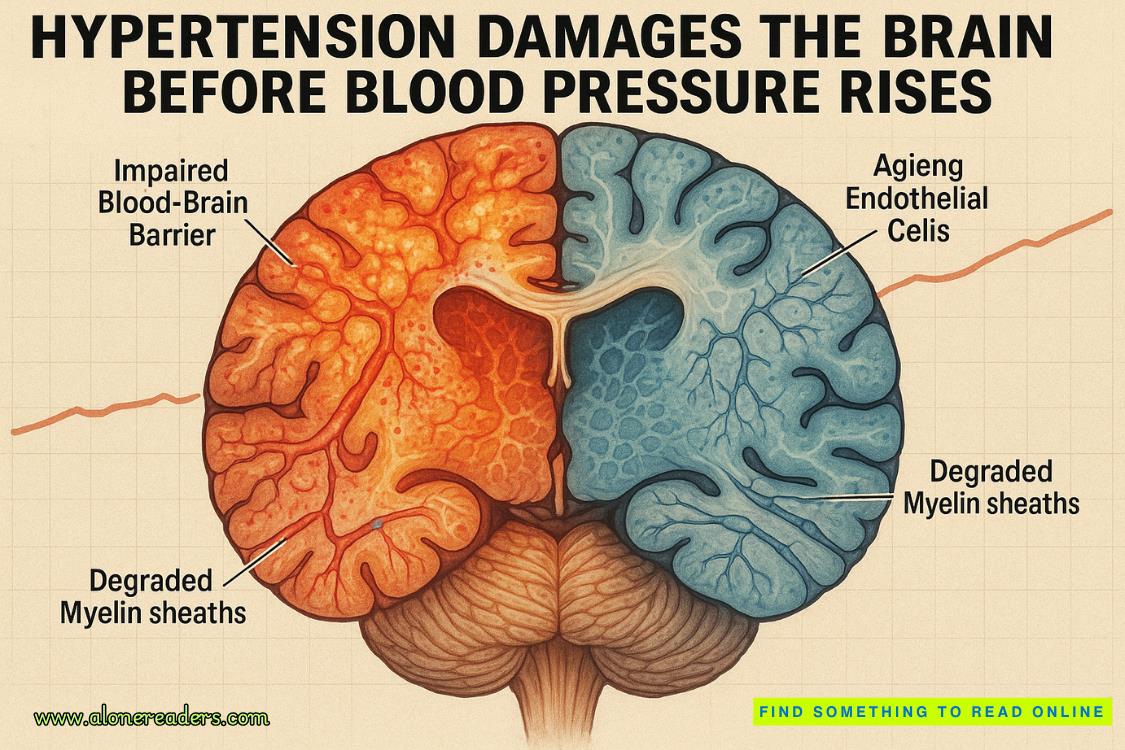Page 17 of Clive Cussler Desolation Code
“Keep an eye on him!” Kurt shouted, picking a line between the cars that were trying to get out of his way.
“What do you plan to do if we catch them?”
“A slight nudge should push them off course,” Kurt said.
“Or,” Joe suggested, “we could call for assistance?” He pointed at the radio.
“While it goes against everything I believe in,” Kurt joked, “it’s probably the best idea.”
As Kurt moved into the outside lane, Joe got on the radio and attempted to call for help. An angry voice answered in French, speaking so rapidly neither Kurt nor Joe could make out what was being said.
“Pretty sure I heard something about a stolen truck,” Kurt said.
Joe tried to explain in rudimentary French that they were chasing a fleeing vehicle. He mentioned the prefect and the fire chief and NUMA. Releasing the talk switch, he got another tongue-lashing, and then nothing but silence. Not even static. “That’s weird.”
Joe flipped the power switch off and on, and then tried again. “We’ve been cut off.”
“Try your phone.”
Giving up on the radio, Joe pulled out his phone and dialed the Reunion emergency number, which was 112. As an operator came on, he began to explain the situation, but in less than ten seconds the call dropped. Try as he might, Joe couldn’t get it back. He looked at his phone: “No signal.”
That was odd, Kurt thought. Especially as they were racing along the main highway and there were cell towers every couple of miles.
“Back to plan A,” Kurt said, focused on driving. “We catch them, give them a little nudge, and wait for the insurance investigator to come along and tally up the costs.”
At full speed and on a slight downhill grade, they were now closing in on the van.
“Curve coming up,” Joe noted.
A long, wide bend around a point on the island’s coastline loomed. A car would take it with ease, the van might lean a little, but the fire truck filled with thousands of pounds of liquid might barrel off road and onto the rocks below. Kurt swung as wide as he could, pressing the brakes and hoping for the best. “Hang on!”
Kurt aimed for the apex of the turn, which would limit the side load. He and Joe both leaned over, as if it would help.
The Striker cut the corner crossing from the outside lane, down to the shoulder, and back to the far lane. The wheels chattered rather than slid, but there was so much rubber on the road that the real danger was flipping. At the very edge of its limit the Striker kissed the divider just hard enough to reroute the truck back onto the straight if not narrow.
The entire turn cost them less speed than Kurt could have possibly expected. But the grade was now slightly uphill, and the van was pulling away.
“We’re too heavy,” Kurt said.
“I’ve got an idea,” Joe replied.
One at a time he opened a trio of valves, activating a set of high-flow, wide-angle spigots that were arranged underneath the body of the Striker. The large, downward-pointing nozzles were unique to airport firefighting trucks. They were designed to flood the tarmac andallow the truck to race across swaths of burning jet fuel by dousing the fires and diluting and spreading out the remaining fuel.
An additional nozzle on the upper part of the truck was designed to launch a curtain of water at the side of a downed aircraft, creating a path for crash survivors to escape into. Joe activated that as well.
The Striker roared up the highway, blasting water in all directions. Cars behind them slowed. Tourists and locals took pictures with their phones as the strange sight raced by.
It didn’t take long for Kurt to feel the difference in handling. The tanks in the back end of the truck held three thousand gallons of water, which weighed nearly eighteen hundred pounds. In sixty seconds half of that was gone. Thirty seconds later some type of auto shutoff began blinking yellow and the waterworks ceased.
By now the Striker was handling like a sports car. It closed in on the van, its greater power and suddenly lighter weight giving it a better top speed than the delivery van’s small four-cylinder engine.
Kurt swung to the outside lane, moving the nose of the Striker ahead of the van’s bumper. Before he could sideswipe it, the side door opened and the man in black appeared with a weapon in his hand.
Kurt turned hard toward the van, hoping to hit it before the gunman could fire, but the weapon flashed, and a spread of bullets hit the Striker’s glazed and tinted windshield. Several holes appeared, with cracks radiating outward, but the windshield held.
Joe put his finger in one of the holes, tracking the path of the bullet through the windshield and then up and out through the roof. “Shatterproof, not bulletproof,” he said. “Probably made from two layers of tempered glass sandwiched around a thin Kevlar film. It won’t cave in on us, but it’s not going to deflect a well-aimed shot.”
Kurt had dropped in behind the van, trying to stay away from the open door. As the path straightened out, they went downhill oncemore, this time onto what was called the New Coastal Road. This new stretch of elevated highway was an ostentatious and ambitious project that moved the multilane road away from the steep volcanic slopes and out onto the water.















